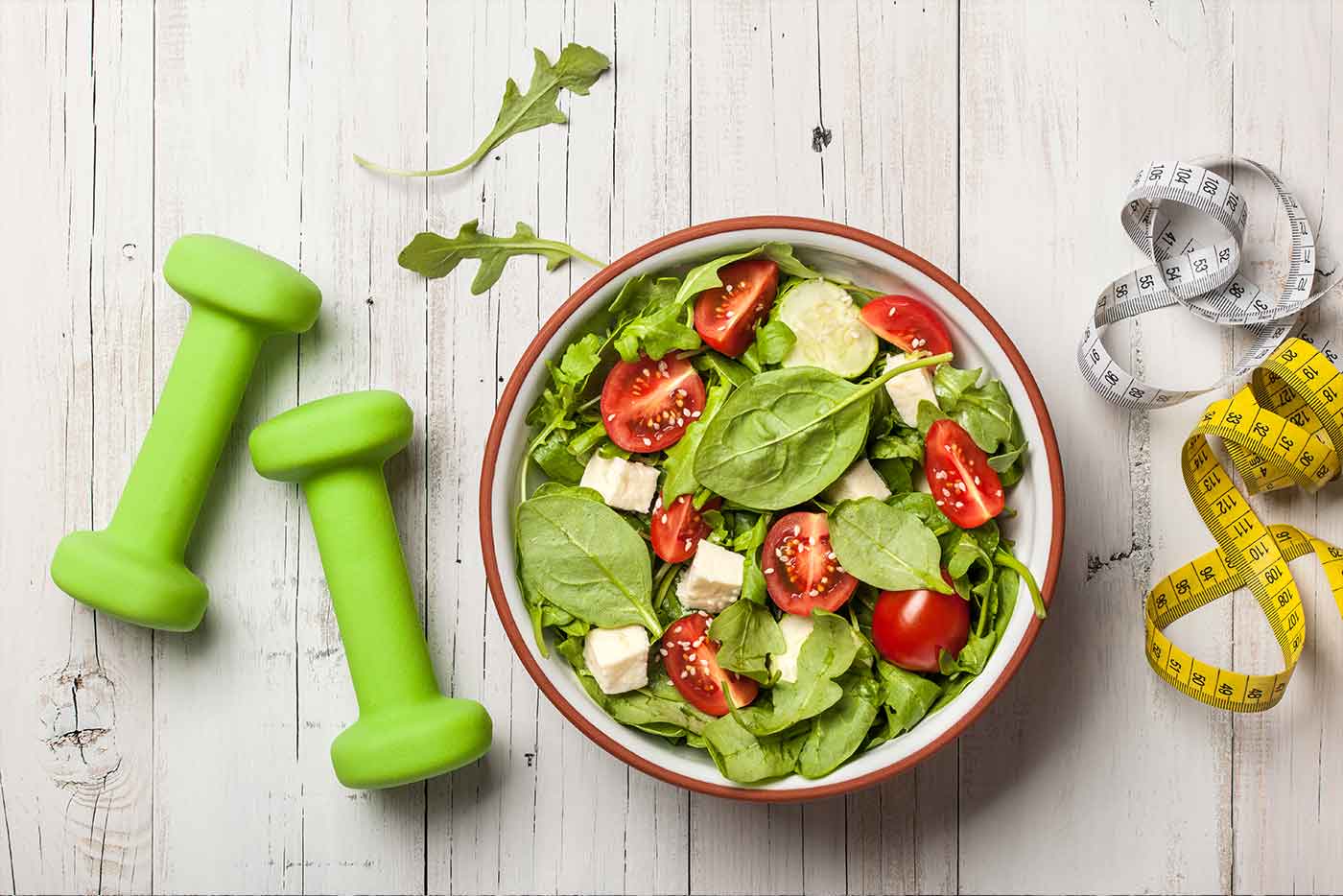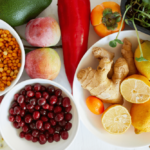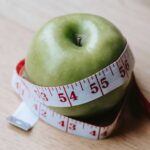Do you want to eat healthier but don’t know where to start? With diet fads always coming in and out of trend, healthy eating can seem confusing. But the truth is a good and effective diet doesn’t have to be a math problem. To prove this, we’re giving you six tips to jumpstart your healthy eating habits easily.
#1: Get to Know the 5 Food Groups
According to the Australian Guide to Healthy Eating, many diet-related health issues result from inadequate intake of nutrient-dense foods. An overall healthy, balanced diet should include all 5 food groups — vegetables, fruits, grains, nuts, seeds and lean meats, as well as dairy and dairy alternatives, as key building blocks. The 5 groups divide your foods according to their nutritional makeup, with each group playing a vital role in your overall healthy eating patterns.
Vegetables (including legumes and beans)
Vegetables, including different types and colours, and legumes and beans, are a rich source of vitamins, minerals, dietary fibre and phytonutrients to keep your body healthy.
Fruits
Fruits are sweet, or tangy mouth-watering treats perfect to add to your diet. Like vegetables, they also give a healthy dose of vitamins, minerals, dietary fibre, and many phytonutrients.
Grains
Grain foods include bread, rice, cereal, pasta, noodles, oats, polenta and barley. Wholegrain foods are the healthy variants, rich in fibre that’s known for promoting good digestion and gut health.
Lean Meats
All your muscles and organs, such as the heart and lungs, are made of protein. So naturally protein-rich food, such as lean meats, eggs, tofu, nuts, and legumes should be a significant part of your diet. This food group helps generate special chemicals in our bodies, including haemoglobin and adrenaline. Moreover, protein is mainly responsible for building, maintaining, and repairing the tissues in our bodies.
Dairy & Dairy Alternatives
Milk, cheese, yoghurt, and their alternatives are good sources of absorbable calcium for healthy bones. Dairy is also packed with nutrients such as iodine, vitamin A, vitamin D, riboflavin, vitamin B12 and zinc.
#2: Reduce Junk Food
The majority of health problems in Australia are a consequence of excessive consumption of processed foods that are notorious for having high amounts of energy, saturated fat, sugar, and salt but relatively few nutrients. These junk foods include deep-fried, fatty take-away foods; desserts, such as cakes, pastries and lollies; mass-produced snacks like chips; and sugary drinks like colas and artificial juices. According to the Australian Guide to Healthy Eating, these types of foods should only be consumed occasionally to maintain a healthy diet. Regular intake can lead to obesity and chronic diseases, such as type 2 diabetes, heart diseases, and more.
#3: Drink Alcohol in Moderation
The Australian Guide to Healthy Eating classifies alcoholic drinks under “occasional foods” and should be consumed moderately. To reduce the lifetime risk of alcohol-related diseases, it’s recommended to limit your alcohol to 2 standard drinks in a day. It’s also encouraged not to drink more than 4 standard drinks on a single occasion to prevent any risk of alcohol-related injury.
One standard drink is equivalent to 30mL of spirits, 100mL of wine, and 375mL of mid-strength beer. If you want to drink for a long period, such as a party, consider reducing the amount poured in your glass or alternate your alcohol with water.
#4: Experiment With Different Foods & Recipes
You may find it hard to transition from a high-sugar, fatty diet to a healthy one. That’s okay. Research says switching diets eventually changed the foods people prefer. All the same, it may take you a while to like and get used to natural and healthy food. To make the transition easier, try experimenting with different foods and recipes.
Healthy foods don’t have to be bland. There’s a whole roster of tastes to enjoy — from sweet and citrusy to deep earthy flavours. You can go to a nice restaurant and order their best-selling healthy foods to inspire you. You can also find recipes online with ingredients you like the most or those that create healthier alternatives of your favourite foods! So try as many healthy foods and recipes; eventually, you’ll find what you enjoy the most.
#5: Limit Social Gatherings Based Around Food
We know how excited you are to meet with your friends and different social groups. Although, most of the time, they’re the ones who break your diet as meeting with them almost always correlates with food. Common ways to catch up with friends are through food, such as brunches, dinner parties, picnics, and barbecues. But there are also many ways to spend time with your friends without involving food. For instance, you can go for walks, runs, and hikes to breathe the fresh air and get your heart pumping. Or you can join a sports league together. You can even volunteer together as a group for different social causes.
#6: Plan Meals & Cook in Bulk
One of the challenges for starting a healthy diet is food prep; it can get in the way, especially if you’re having a busy day. Unlike processed foods that are primarily available whenever you want, most healthy foods are home-cooked. So the best way to approach them is to plan your meals and cook in bulk. You can reserve a weekend or a particularly non-busy day to prepare your meals for the whole week and separate them into portions, so you can just grab and go as you need. We recommend cooking a variety so you can have a few different options and not get bored with just one food. You can also stock various healthy snacks, like fruits and nuts, to add to your meals or munch on solo to add even more variety.
A Healthy Diet Is Vital for Your Overall Well Being
Food provides the nutrients your body needs to keep functioning. So, if your diet lacks calories or nutrients, you’ll be at risk of malnourishment, increasing your mortality. Similarly, consuming too much will lead to unhealthy weight gain and weight-related conditions. Take these guidelines to heart, and you’re sure to start your healthy eating journey and stick to it. Happy healthy eating!















